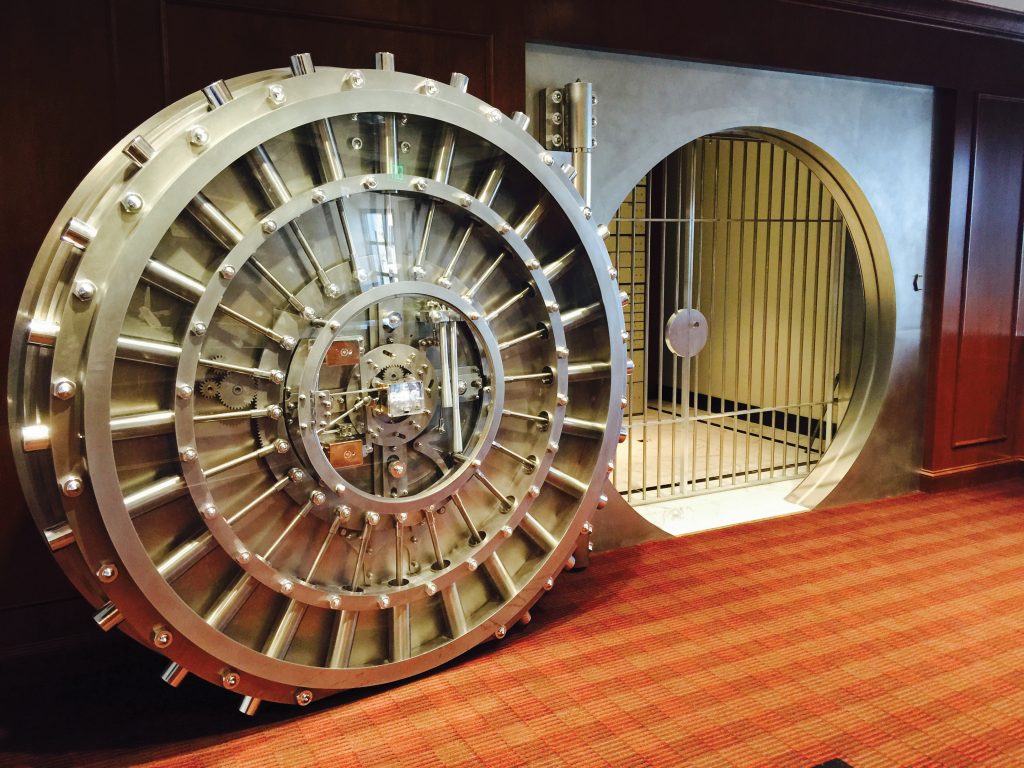Community Banking Institutions Offer What Others Can’t
• < 1 min read
- Brief: Banking

Get the latest in Research & Insights
Sign up to receive a weekly email summary of new articles posted to AMG Research & Insights.

Since the Great Recession, American banks have been squeezed by failures, mergers and now a wave of lenders making loans only via the Internet. The number of banks has fallen from 7,279 in 2007 to less than 5,000 today.
Community banks, those with less than $10 billion in assets, have been hardest hit, but those that remain provide advantages to customers that can’t be replaced. According to Travis Plunkett, Legislative Director for the Consumer Federation of America, the advantages of community banking institutions include:
- Integrity — A business model focused on providing customer service and strengthening client relationships instead of encouraging unsustainable loans or unjustifiable charges on accounts.
- Affordability — Offering very cost-effective and sustainable products.
- Choice — Tailoring solutions to the needs of clients that involve modifying a product or service.
- Locality — Knowledge and service to the local community such as allowing groups to use meeting spaces in the bank, or having bank employees lend their talent and expertise to nonprofit entities, or by the bank sponsoring worthy causes or buying bonds of the local municipality or school district
This information is for general information use only. It is not tailored to any specific situation, is not intended to be investment, tax, financial, legal, or other advice and should not be relied on as such. AMG’s opinions are subject to change without notice, and this report may not be updated to reflect changes in opinion. Forecasts, estimates, and certain other information contained herein are based on proprietary research and should not be considered investment advice or a recommendation to buy, sell or hold any particular security, strategy, or investment product.
Get the latest in Research & Insights
Sign up to receive a weekly email summary of new articles posted to AMG Research & Insights.


